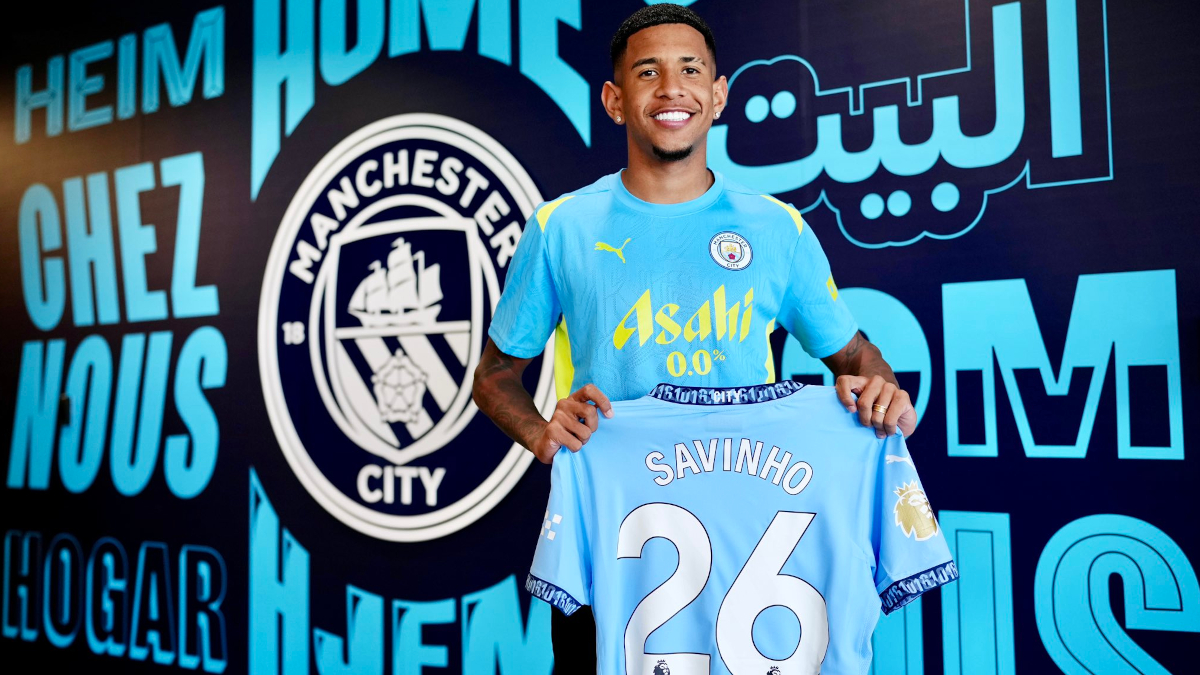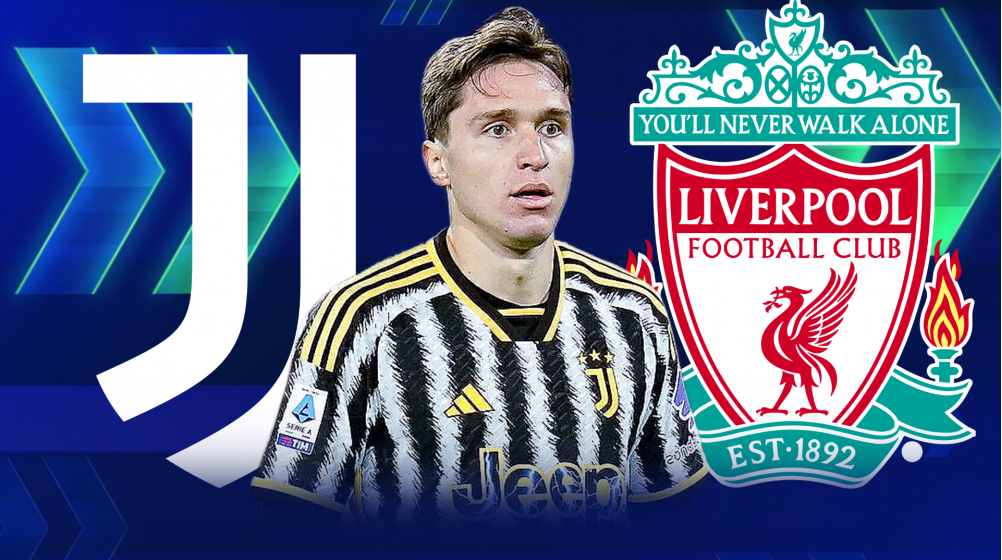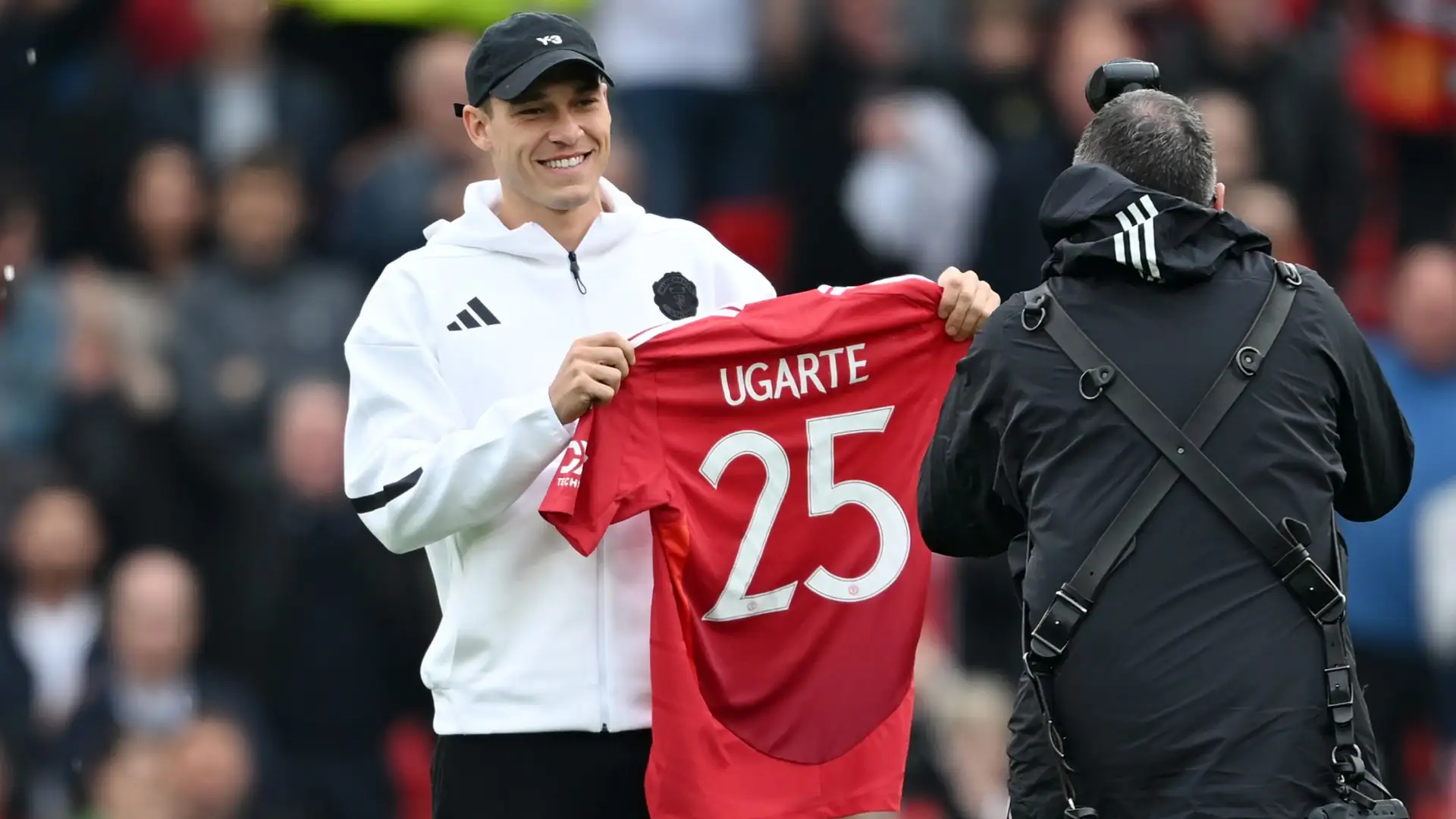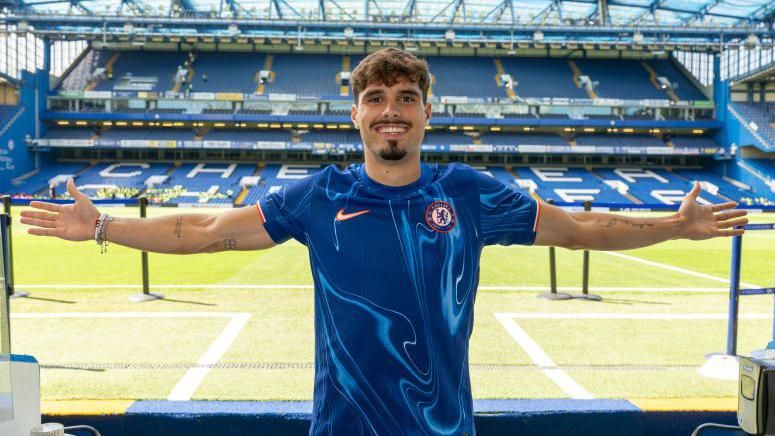The 2024 Premier League transfer window has been a rollercoaster of emotions, financial maneuvers, and strategic decisions. As clubs jostled to strengthen their squads, some opted for an extravagant spending spree, while others adopted a more measured approach. In this recap, we dive into the transfer activities of Chelsea, Manchester City, Arsenal, Liverpool, Manchester United, Tottenham, Newcastle, and Aston Villa, analyzing their strategies and key moves.
Chelsea’s Transfer Spending Frenzy: A High-Stakes Gamble
Chelsea’s transfer activity this summer was nothing short of chaotic. With a staggering spend of €261 million, the Blues were the biggest spenders in the Premier League, continuing their trend of high-profile acquisitions. Despite their substantial outlay, Chelsea failed to land their primary target, Victor Osimhen, who remained with Napoli. This miss was a significant blow, especially considering their aggressive pursuit.
The club’s spree included notable signings such as Pedro Neto from Wolverhampton for €60 million, João Félix from Atlético Madrid for €52 million, and Jadon Sancho from Manchester United for €45 million. Chelsea’s strategy also involved offloading several high-profile players to balance the books, including Ian Maatsen, Conor Gallagher, and Romelu Lukaku. The challenge for new manager Enzo Maresca will be integrating these high-profile players into a cohesive unit, especially with a squad that now numbers around forty.
Key Arrivals:
- Pedro Neto (Wolverhampton, €60 million)
- João Félix (Atlético Madrid, €52 million)
- Jadon Sancho (Manchester United, €45 million)
- Kiernan Dewsbury-Hall (Leicester, €35.4 million)
- Filip Jörgensen (Villarreal, €24.5 million)
Key Departures:
- Ian Maatsen (Aston Villa, €44.5 million)
- Conor Gallagher (Atlético Madrid, €42 million)
- Romelu Lukaku (Napoli, €30 million)
- Hakim Ziyech (Galatasaray, free transfer)
- Thiago Silva (Fluminense, free transfer)
Manchester City’s Modest Moves: A Focus on Stability
In stark contrast, Manchester City’s transfer activity was the most restrained in over a decade. With a total spend of €25 million, the Citizens focused on making two key additions: Ilkay Gündoğan, a familiar face returning from Barcelona on a free transfer, and Savinho from Troyes. This frugality is partly due to City’s current squad’s strength and ongoing financial sustainability issues, with 115 charges related to financial regulations looming over them.
City’s notable departure was Julián Álvarez, who became the club’s record sale at €90 million to Atlético Madrid. This move, while financially beneficial, might impact City’s attacking options. However, manager Pep Guardiola’s confidence in Erling Haaland and the existing squad’s capabilities appears to be a strategic gamble.
Key Arrivals:

- Savinho (Troyes, €25 million)
- Ilkay Gündoğan (Barcelona, free transfer)
Key Departures:
- Julián Álvarez (Atlético Madrid, €90 million)
- João Cancelo (Al Hilal, €25 million)
- Taylor Harwood-Bellis (Southampton, €23 million)
Arsenal’s Precision: Strengthening with a Purpose
Arsenal’s transfer window was more about refinement than revolution. Manager Mikel Arteta focused on addressing specific needs rather than making headline-grabbing signings. The additions of Riccardo Calafiori and Mikel Merino were aimed at strengthening the squad’s depth and addressing gaps from last season. Raheem Sterling’s late loan move from Chelsea added further experience to the forward line.
The Gunners also completed the permanent signing of David Raya, initially acquired on loan. While Arsenal’s total expenditure exceeded €100 million, the focus was on quality and fit rather than quantity.
Key Arrivals:

- Riccardo Calafiori (Bologna, €45 million)
- Mikel Merino (Real Sociedad, €32 million)
- David Raya (Brentford, €31.9 million)
- Raheem Sterling (Chelsea, loan)
Key Departures:
- Emile Smith Rowe (Fulham, €31.8 million)
- Eddie Nketiah (Crystal Palace, €29.7 million)
- Aaron Ramsdale (Southampton, €21.4 million)
Liverpool’s Strategic Approach: Calculated Moves
Liverpool’s transfer window, under new manager Arne Slot, was characterized by a cautious and strategic approach. The Reds’ major moves included signing Giorgi Mamardashvili and Federico Chiesa. While Liverpool failed to secure a defensive midfielder or centre-back, their late acquisitions aimed to bolster key areas without disrupting the existing squad’s balance.
Key Arrivals:

- Giorgi Mamardashvili (Valencia, €30 million)
- Federico Chiesa (Juventus, €12 million)
Key Departures:
- Sepp van den Berg (Brentford, €23.6 million)
- Fábio Carvalho (Brentford, €23.4 million)
Manchester United’s Rebuild: A New Era Under INEOS
Manchester United’s transfer window was marked by significant investments and a notable shift in strategy under INEOS ownership. The arrivals of Manuel Ugarte, Lenny Yoro, and Matthijs de Ligt were key to addressing the team’s pressing needs. United also managed to offload several fringe players, helping to balance their financial outlay.
Key Arrivals:

- Lenny Yoro (Lille, €62 million)
- Manuel Ugarte (PSG, €50 million)
- Matthijs de Ligt (Bayern Munich, €45 million)
Key Departures:
- Scott McTominay (Napoli, €30.5 million)
- Mason Greenwood (Marseille, €26 million)
Tottenham’s Record Signing: A Bold Move
Tottenham’s transfer window was highlighted by the record signing of Dominic Solanke from Bournemouth. The club also invested in young talents like Archie Gray and Lukas Bergvall, signaling a focus on long-term potential. Despite their significant spend, Tottenham’s window was tempered by the failure to secure a few earlier targets.
Key Arrivals:
- Dominic Solanke (Bournemouth, €64.3 million)
- Archie Gray (Leeds United, €41.25 million)
- Wilson Odobert (Burnley, €29.3 million)
Key Departures:
- Oliver Skipp (Leicester, €23.5 million)
- Emerson Royal (Milan, €15 million)
Newcastle’s Challenges: Financial Constraints
Newcastle faced significant constraints due to financial regulations, resulting in a more conservative approach. The club’s key arrivals included Lewis Hall and Odysseas Vlachodimos, but their overall impact on the starting lineup appears limited. The significant sales of young talents helped balance their books, but the squad’s depth remains a concern.
Key Arrivals:
- Lewis Hall (Chelsea, €33 million)
- Odysseas Vlachodimos (Nottingham Forest, €23.6 million)
Key Departures:
- Elliot Anderson (Nottingham Forest, €41.2 million)
- Yankuba Minteh (Brighton, €35 million)

Aston Villa’s Efficient Window: A Model of Timely Acquisitions
Aston Villa’s transfer activity was notable for its efficiency. The club’s proactive approach ensured they secured eight new players before pre-season, allowing Unai Emery to work with his squad early. Villa’s strategy emphasized timely acquisitions without unnecessary delays.
In summary, the Premier League’s transfer window showcased a mix of extravagant spending, strategic investments, and cautious approaches. Chelsea’s continued spending spree contrasts sharply with Manchester City’s restrained approach, while Arsenal, Liverpool, and Manchester United made targeted improvements. Tottenham’s record signing and Newcastle’s constrained activity highlight the diverse strategies employed by top English clubs in this transfer period.



